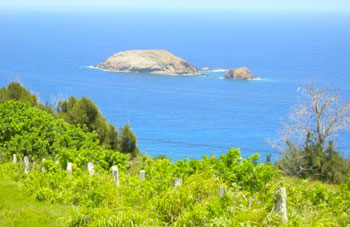

Tropical Zone – Areas that are warm year round and have enough rainfall to support lush vegetation.
This is a photo of Molokai, Hawaii. This is an example of a tropical climate; notice the lush vegetation next to the ocean. Many vacation spots are in tropical zones for the year round climate.
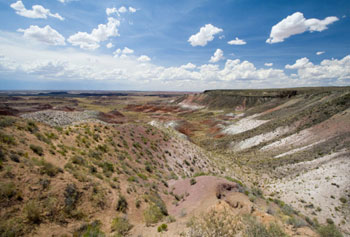
Dry Zone – Areas that receive little rainfall and do not support much vegetation. Dry Zones can be warm or cold year round or a combination of both.
This is a photo of The Painted Desert in Arizona. Deserts are found in Dry Zones.
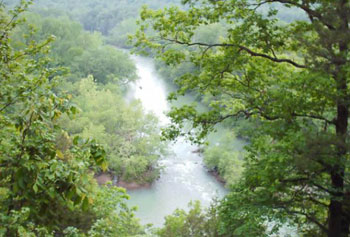
Moderate Zone –Areas that have mild temperatures year round and enough rainfall to support vegetation.
This is a photo of Mulberry River in Arkansas. While there are many locations in the moderate zones, this photo is a great example of how vegetation flourishes in a mild climate and has enough rainfall.
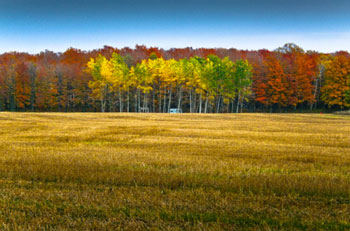
Continental Zone – Areas that have warm summers, but cold winters. Rainfall does support vegetation, but it is frozen as it snows during winter months.
This is a photo of Door County, Wisconsin. The varying colors of the leaves are evidence of the changing seasons. The vegetation seems to represent the change to colder temperatures.
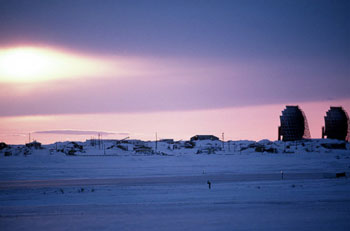
Polar Zone – Areas with cool to freezing temperatures all year. These zones can only support hearty vegetation, if any.
This is a photo of Barter Island along the northern coast of Alaska. It is used as a radar station for the United States Air Force. The cold conditions and lack of vegetation are perfect for monitoring the radar systems without interference.
Sources of images used for this section as they appear, top to bottom: